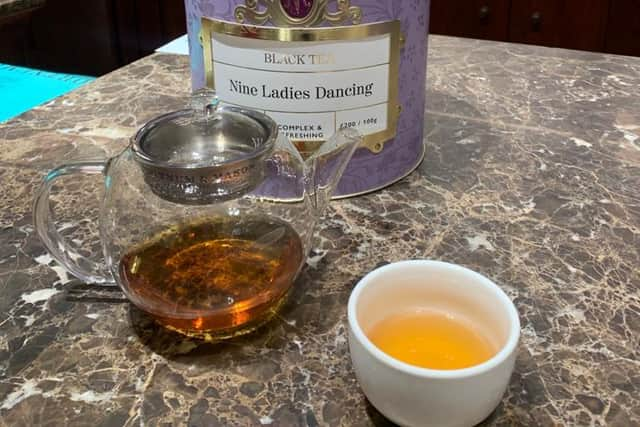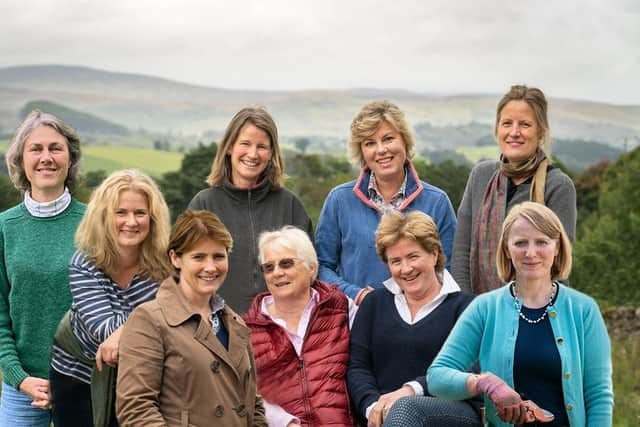Could home-grown tea become Scotland’s third national drink?
How about grown in Scotland picked by hand and delivered to you in an eye-catching caddy?
Well now you can have exactly that, with the launch of a new artisan tea cultivated by a team of women in gardens across Perthshire, Angus, Kincardineshire and Fife.
Advertisement
Hide AdAdvertisement
Hide AdAptly named Nine Ladies Dancing, the luxury beverage is the result of more than four years years of trials and hard work by the behind the all-female Tea Gardens of Scotland collective.


The team of nine set out in 2016 with a pioneering mission to produce authentic, hand-crafted Scottish tea.
To achieve the goal has seen the members transforming overgrown walled gardens, diversifying farms and learning how to plant and harvest tea.
They have carried out experiments on tea varieties, propagating plants from seed and testing innovative techniques such as using sheep wool for mulch, and shared glasshouses and machinery.


Their efforts have now paid off, and the brand has put Scotland as an unlikely destination on the world’s tea-growing map.
Nine Ladies Dancing is made of 100 per cent Scottish-grown black tea.
It’s described as golden and smooth with sweet notes of dried fruits, caramel and chocolate and a complex and layered, slightly woody flavour.
Its launch has attracted attention from some of the biggest names in luxury food and drink, with orders already in from the rare tea counter at the upmarket Fortnum & Mason department store and London’s luxurious Corinthia Hotel.
Advertisement
Hide AdAdvertisement
Hide AdCreating the tea has not been easy, with the climate in Scotland very different from the world’s traditional tea-growing regions.
Tea consultant Beverly Wainwright, who managed a tea estate in Sri Lanka before moving back to Scotland and setting up the Scottish Tea Factory, has been working with the group for several years, advising on everything from growing the plants to making the perfect brew.
“The conditions for growing tea in Scotland are far from ideal, with a very short growing season, harsh winters and low light levels,” she said.
“Attempting to grow tea is not for the faint-hearted and in the early days has been, by necessity, experimental.”
“Trials with different plant material, winter and wind crop protection have all been part of the process.
Susie Walker Munro, of Kinnettles Tea Garden in Angus, spearheaded the collective by bringing the other eight members together.
The group was awarded Leader funding for a feasibility study to grow tea from seed in Scotland, while authenticity trials were carried out with Aberdeen University to successfully prove the provenance of Scottish tea.
“The first teas being created are showing great promise, with a distinct flavour profile, significantly influenced by the low light levels and long daylight hours of Scottish summer," Ms Wainwright added.
Advertisement
Hide AdAdvertisement
Hide Ad“Despite the challenges, this has been an exciting journey and at last work has started to create finished teas in the Scottish Tea Factory for the group.
"The quantities of tea being currently made are tiny, just a few kilos a year, making Scottish tea one of the rarest in the world.”
A message from the Editor:
Thank you for reading this article. We’re more reliant on your support than ever as the shift in consumer habits brought about by coronavirus impacts our advertisers.
If you haven’t already, please consider supporting our trusted, fact-checked journalism by taking out a digital subscription.
Comments
Want to join the conversation? Please or to comment on this article.
